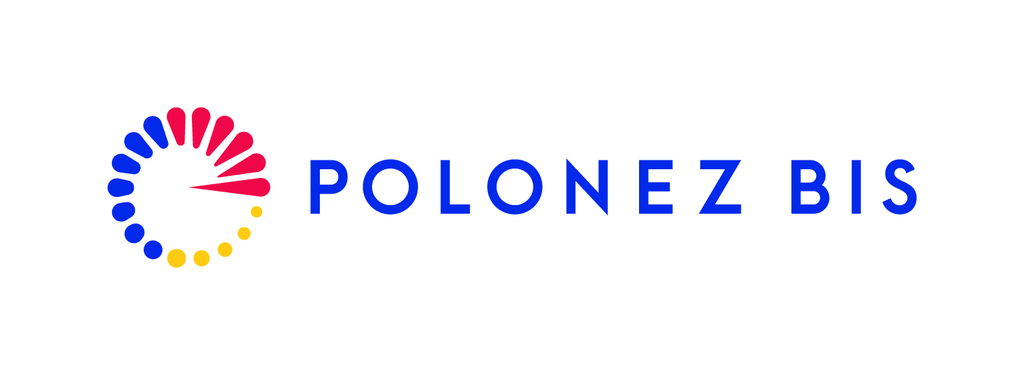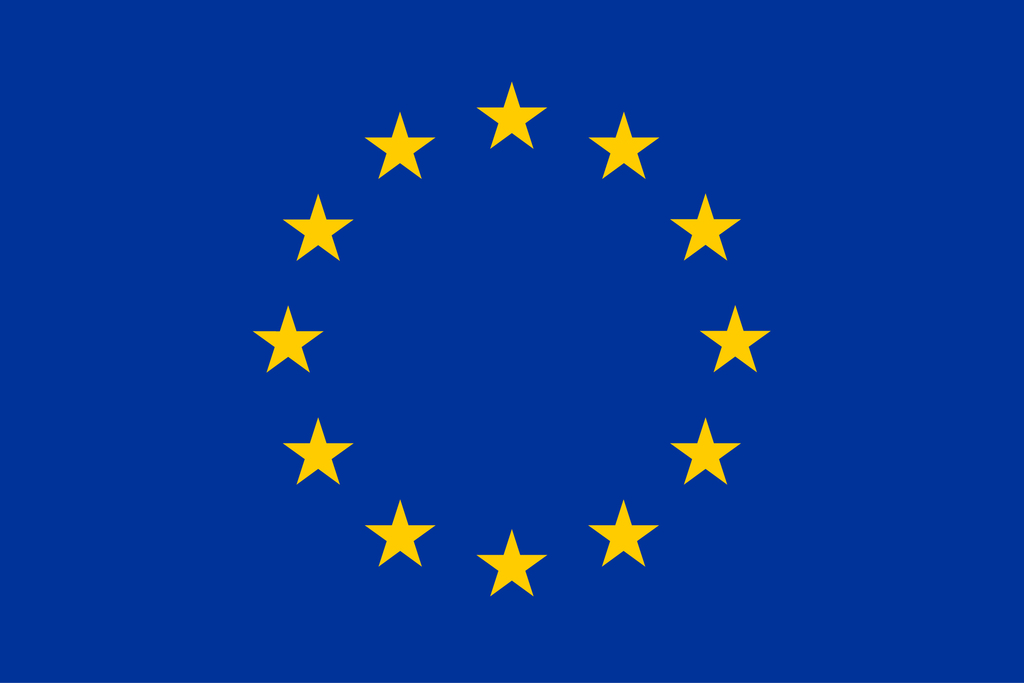

Alien rule: Unveiling the mechanisms used by invasive ants to adapt to current and future environmental conditions
Acronym: Alien rule
Principal Investigator: Iago Sanmartín-Villar
Mentor: Magdalena Witek
PhD Student: Srikrishna Narasimhan
Collaboration: Sara Arganda-Carreras
This research is part of the project No. 2021/43/P/NZ8/03306 co-funded by the National
Science Centre and the European Union Framework Programme for Research and
Innovation Horizon 2020 under the Marie Skłodowska-Curie grant agreement no.
945339.
Summary
The introduction of alien species into new habitats is one of the main economic and ecological problems related to environmental change, which produces the displacement of biodiversity and the contact with exotic diseases. None of the introductions changed evolution as much as the introduction of ants. The Argentine ant (Linepithema humile; Figure 1) underwent a new and unique evolutionary phenomenon when they were introduced in new areas: they lost the competition between colonies.

Figure 1. Linepithema humile worker and queen. The larger body size of queens allows them to have larger thoracic muscles and ovaries.
This produced the cooperation between vast nets of connected supercolonies (6000 km in Southern Europe; Figure 2).

Figure 2. Linepithema humile distribution and genetic-behavioural diversity in Southern Europe. Yellow dots: main supercolony (around 6000 km of connected nests; Giraud et al. 2002, PNAS). Green dot: Galizan clusters (Samartín-Villar et al. 2022, NeoBiota). Red dots: Catalonian supercolony (Giraud et al. 2002, PNAS). Blue dots: Corsican supercolony (Blight et al. 2010, Biol Invasions). Ants from different supercolonies attack each other, but not ants from different nests in the same supercolony.
The adaptation of invasive species is frequently favoured by their behavioural plasticity and cognition, it means, how individuals adapt their behavioural skills to the new environmental conditions (Figure 3).

Figure 3. Linepithema humile worker sampling aphid honeydew in their introduced distribution, which shows adaptation to new resources. Ants protect aphids from their natural predators and thus increase the economic and ecological damage of aphids.
These skills are costly because involve the investment of resources to the brain instead to other traits as reproduction, immune system or survivorship. However, it was proposed that behavioural plasticity could be based on social information rather than in individual traits. This means that colonies may reduce cost of behavioural skills by improving the communication among its members.
Unravelling whether the source of plasticity originates at the individual (brain-cognition) or collective (social information transmission) level should be a priority for understanding the invasive potential in social insects. Invasiveness could also be affected by predicted environmental changes, i.e. species would have to adapt to new areas introduced but also to new changes in those areas. A total of 87 viruses have been detected in ants, some of which can be transmitted to other species like honeybees. Both behaviour and infection potential are conditioned by temperature. Disentangle how virus infection and temperature fluctuations affect brain-behavioural plasticity would help to understand how supercolonies invasiveness will be affected in the near future. The main trait sharing all ant vast supercolonies resides in their translocation, adaptation, and invasiveness. This suggest that the new cooperation among eusocial colonies, the organization system that has gone beyond the limits known so far, constitutes a successful evolutionary process under extreme environmental changes. Current environmental changes lead to the extinction of native species, but the amplification of the success of introduced ant supercolonies. Understanding how introduced supercolonies deal with new problems and pressures seems to represent the central key for deciphering its evolutionary emergence and invasiveness. Therefore, we propose to analyse whether:
(1) individual plasticity and cognition depend on brain complexity (Figure 4);

Figure 4. Linepithema humile workers exposed to a maze to measure her decision-making and behavioural variability.
(2) plasticity depends on individual cognition or social communication in introduced supercolonies (Figure 5); and

Figure 5. Laboratory set-up to observe social behaviour in L. humile.
(3) the effect of future environmental stressors (Figure 6) as temperature fluctuations and virus infection modify the individual cognition in invasive and native ant species (Figure 7).

Figure 6. Experimental ant nests exposed to different treatments in laboratory conditions.

Figure 7. Nest showing adults and larvae of a European native species, Tapinoma nigerrimum, with similar social organization than L. humile.
We expect (1) individuals with high developed brain structures showing higher behavioural plasticity and succeed more times and faster the behavioural tests; (2) Argentine ants showing lower efficiency in solving new problems at the individual level than native ant species, but the opposite when the problem could be solved by cooperation among individuals; (3) worse outcome in individual problem-solving, observed as lower success in behavioural tests and disruption of correlation between behaviours, in individuals exposed to fluctuant temperatures and infected to virus; (4) the synergic effects of temperature and virus infection; (5) native species showing lower success in behavioural tests and greater alteration on the correlation of behavioural when exposed to fluctuating temperatures and virus infection than individuals of the invasive species.
Location
Museum and Institute of Zoology of Warsaw, Polish Academy of Sciences
Group of Social and Myrmecophilous Insects
Led by Magdalena Witek, the group is composed of one full professor (Wojciech Czechowski), four postdoc researchers (Gema Trigos-Peral, Piotr Ślipiński, Istvan Maak, Iago Sanmartín-Villar) and two PhD students (Daniel Sánchez-García, Srikrishna Narasimhan). The group focuses on the study of collective behaviour of ants, interspecific interactions mostly including ants and myrmecophilous insects, insect-plant interactions, ant pathogens, and urban effect on ant life history traits. In the last five years the group has obtained seven national projects from Polish National Science Centre including a previous Polonez 3 grant (PI: Luca Casacci). The group has a wide network of international collaborations, among others, with prof. Jurgen Heinze from University of Regensburg and with prof. Patrizia d’Ettorre from the University of Paris 13.
Contact
Museum and Institute of Zoology, PAS
ul. Wilcza 64,
Warszawa 00-679, Polska
Iago Sanmartín-Villar: This email address is being protected from spambots. You need JavaScript enabled to view it.
News
- 10/02/2023: We completed the behavioural testing of our first experiment focusing on the neuroethology of Linepithema humile.

Violette Chiara (left) and Srikrishna Narasimham (right) after setting up the experimental groups.
14/04/2023: We travelled to Galiza (Spain) to carry out fieldwork for our second planned experiment, in which we will compare the neuroethology of Linepithema humile and Tapinoma erraticum with and without access to social information.

Iago Sanmartín-Villar (left) and Srikrishna Narasimhan (right) taking ant samples near the “Torres do Oeste” (Catoira, Galiza), the structures that 11th century Galicians used to watch for the arrival of Vikings.
- 28/04/2023: We disseminated our line of research and latest results by organising a seminar consisting of four presentations at the University of Vigo (Galicia - Spain).

Srikrishna Narasimhan explaining the behavioural tests conducted at the Łomna Biological Station (MiIZ).

Iago Sanmartín-Villar presenting the latest results on the metapopulation of Linepithema humile in Galiza.





